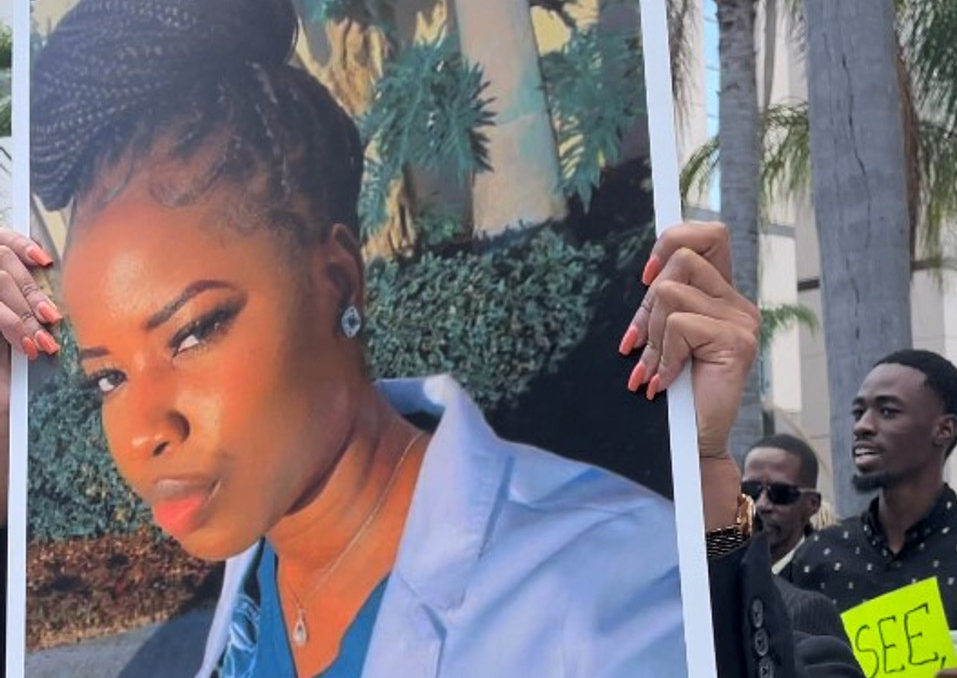Not even a global pandemic could stop STDs from spreading in the U.S., according to a new report from the CDC. STD rates took a nosedive in early 2020 when many Americans were going into lockdown, but they quickly shot back up to pre-pandemic levels towards the end of a very stressful year. The data suggests that many Americans started making up for lost time once the COVID-19 restrictions went away.
Reversing Course
The report shows that the number of reported STD cases fell slightly to 2.4 million in 2020, with chlamydia being the most common. But the researchers caution that the pandemic may have led to underreporting. Gonorrhea, syphilis, and congenital syphilis surpassed 2019’s totals towards the end of 2020 even as the number COVID-19 infections started to rise.
Overall, the report indicates that STD continued to spread unfettered throughout the pandemic.
“There were moments in 2020 when it felt like the world was standing still, but STDs weren’t,” said Jonathan Mermin, director of CDC’s National Center for HIV, Viral Hepatitis, STD, and TB Prevention. “The unrelenting momentum of the STD epidemic continued even as STD prevention services were disrupted.”
Cases declined during the early part of the year, but the researchers believe the global health crisis likely diverted medical resources away from STD treatment and testing even as sexual activity continued.
“The more you test, the more you find,” said Leandro Mena, director of the CDC’s Division of STD Prevention. “We know there’s much to be done to expand STD prevention in the United States.”
Many people stopped going to the doctor unless it was a medical emergency, and state-wide lockdowns shuttered many clinics during the early days of the pandemic, depriving patients access to testing and treatment.
The pandemic “came at a very difficult time for STI control,” Mermin added. “We already had a strained, crumbling public health infrastructure. There are many communities in the United States that do not have STI specialty clinics. What that led to was an exacerbation of the already increasing trends.”
The data suggests that many Americans started engaging in risky sexual activity after the social distancing guidelines went away. By the end of 2020, gonorrhea cases were up 10% and syphilis cases had risen 7% compared to 2019.
There were also over 2,000 cases of syphilis reported in newborns in 2020, which is when the mother passes the infection to the fetus, the highest number reported in over three decades.
“The consequences of congenital syphilis are the most severe,” said Mermin. The disease can lead to stillbirths and miscarriages and lifelong health issues for babies that contract the virus.
STDs were most common among adolescents and young adults ages 16 to 24. Over half of all reported cases affected patients in this age group. Black men who have sex with other men also accounted for more than their fair share of cases. The data shows that one in three reported cases of chlamydia, gonorrhea, and syphilis occurred in non-Hispanic Black people.
“The COVID-19 pandemic increased awareness of a reality we’ve long known about STDs,” Leandro Mena, director of the CDC’s Division of STD Prevention, said in a statement. “Social and economic factors — such as poverty and health-insurance status — create barriers, increase health risks, and often result in worse health outcomes for some people.”
The National Coalition of STD Directors (NCSD) said the report shows the U.S. is sliding backward when it comes to STD treatment and prevention.
“This affirms once again that America isn’t taking the STD crisis seriously,” said David C. Harvey, executive director of the organization. “We can only fight this out-of-control epidemic with new funding and the kind of urgency that reflects the enormity of this crisis.”
The numbers were disappointing for Mena, who says we have the resources to stop STDs from spreading.
“The U.S. is a place where STIs can be prevented,” he said. “This really can become a reality.”




